Bidirectional Charging Management (BCM) research project gets green light; tying in renewables
Green Car Congress
NOVEMBER 11, 2019
Testing of the first 50 BMW i3 cars equipped with bidirectional charging technology is expected to start under real-world everyday conditions in early 2021. Although the fleet of electric vehicles on our roads keeps growing, this only results in a slight increase in the amount of electric power required.



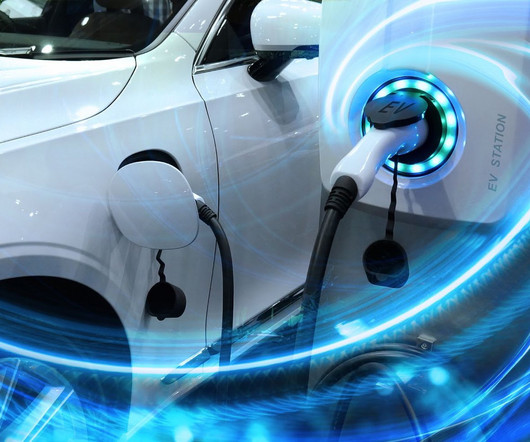
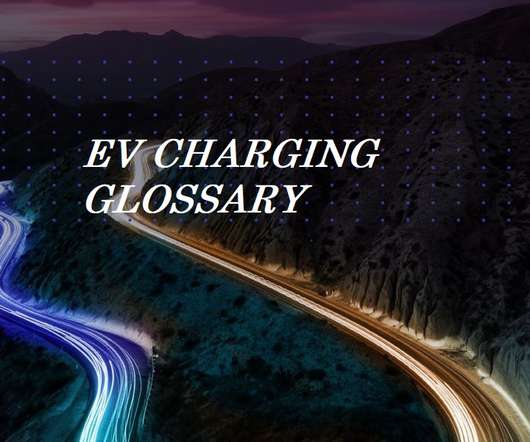


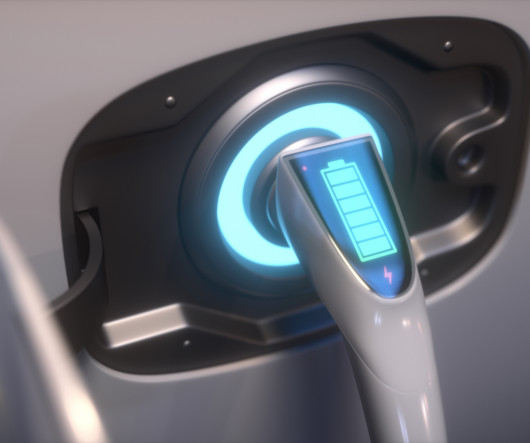


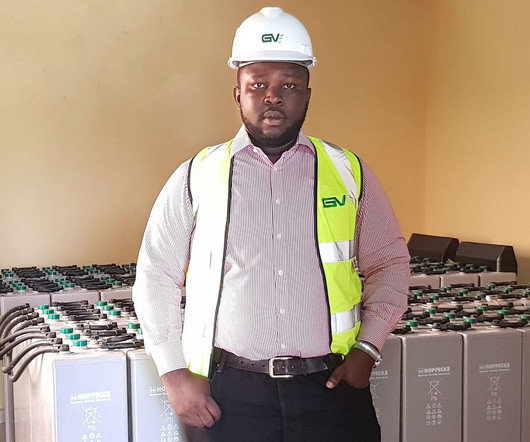




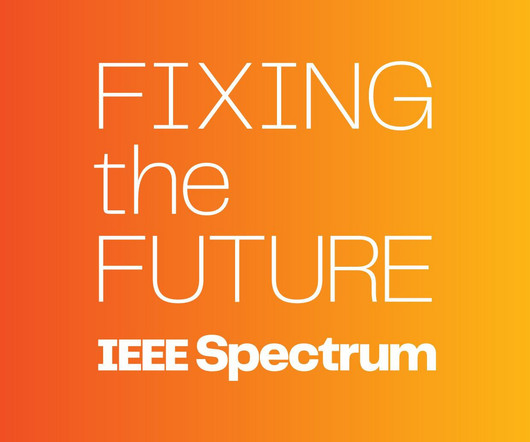
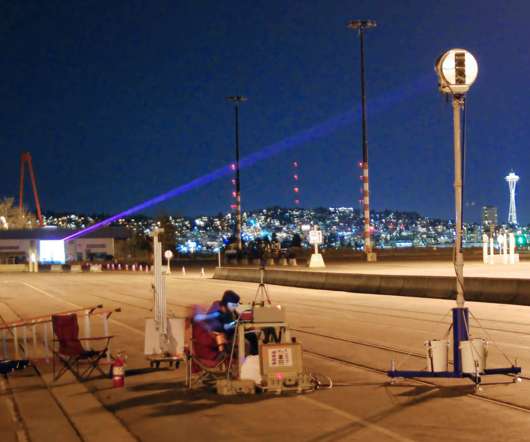











Let's personalize your content